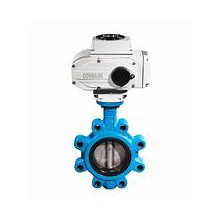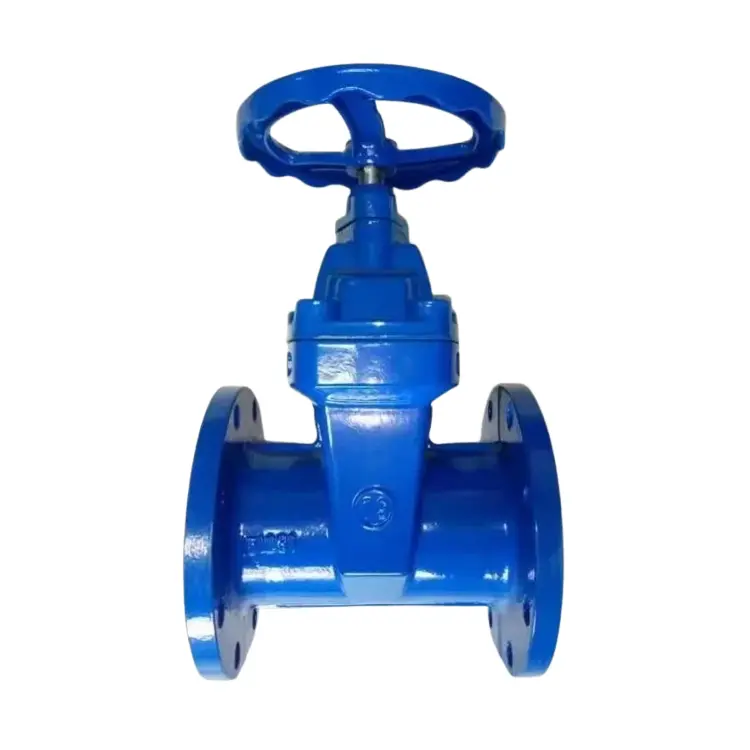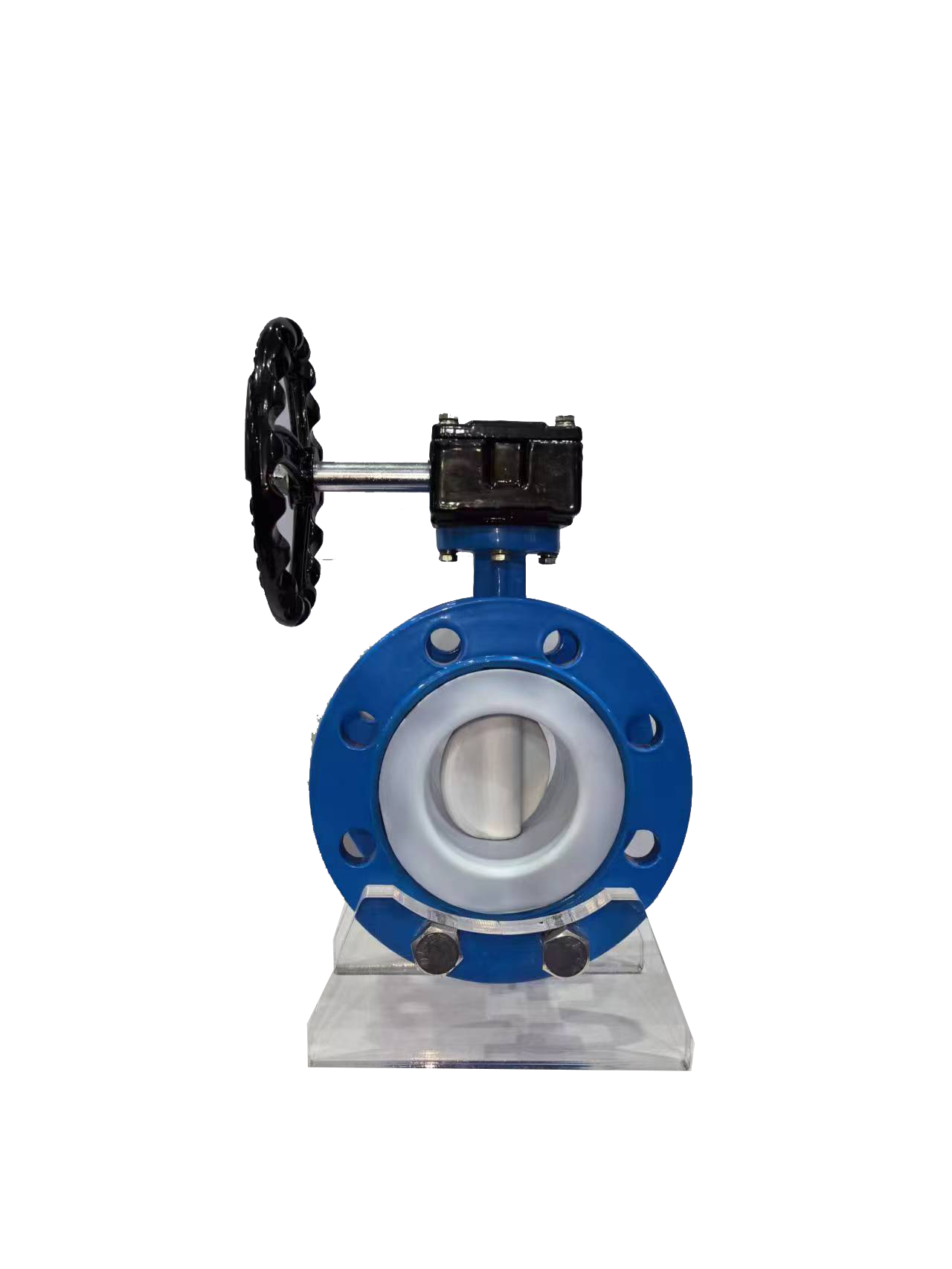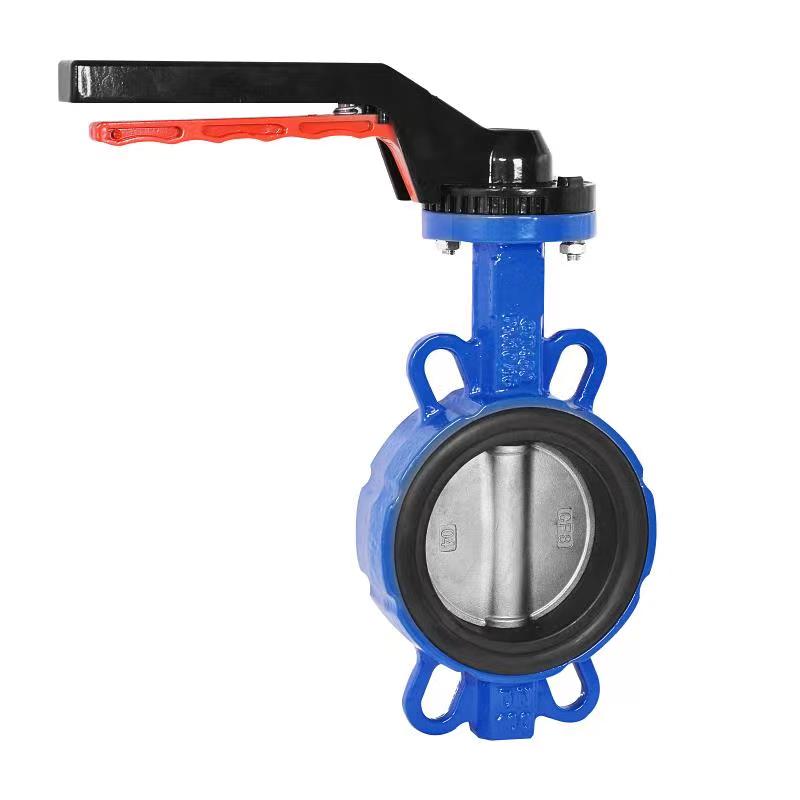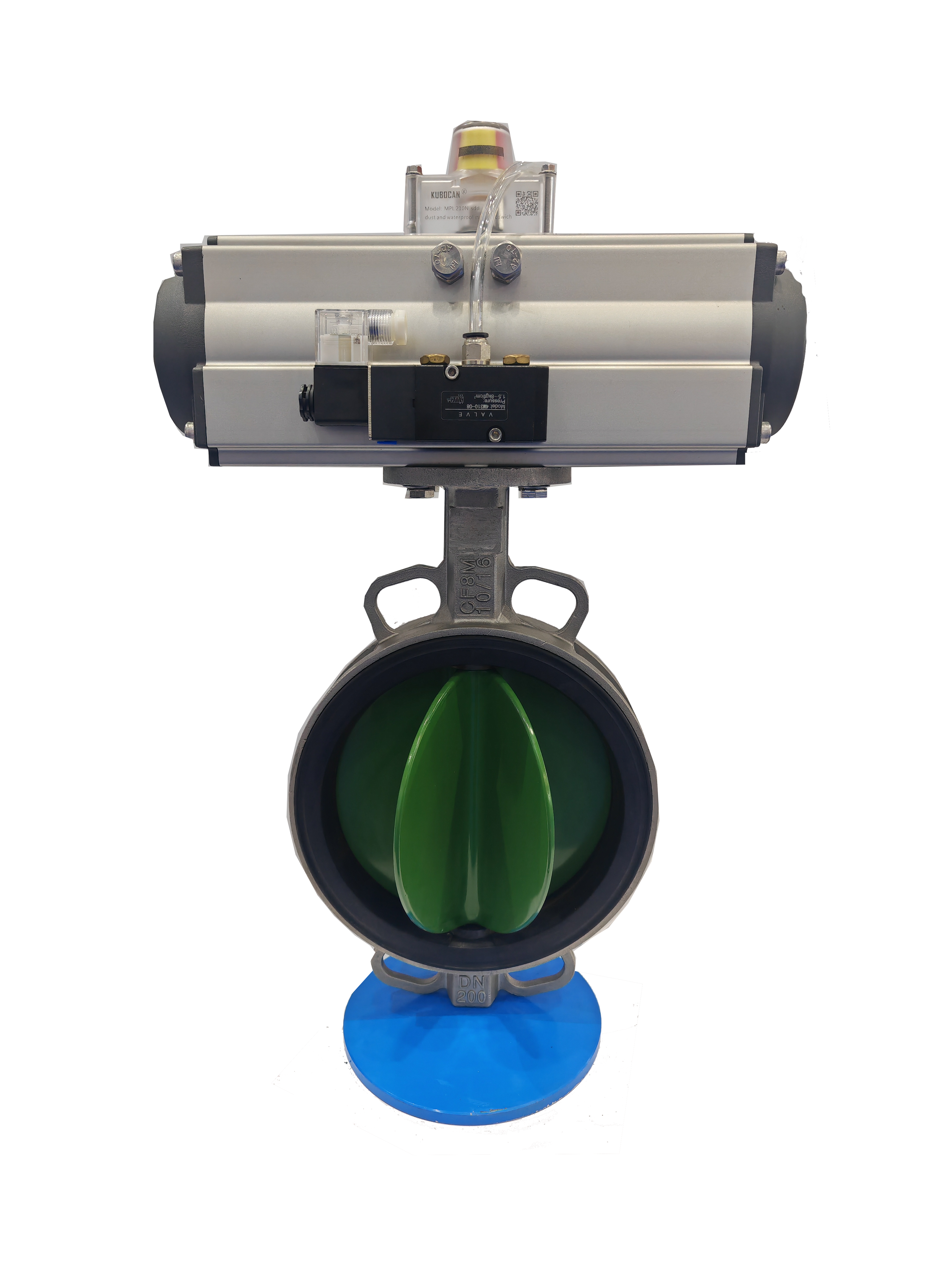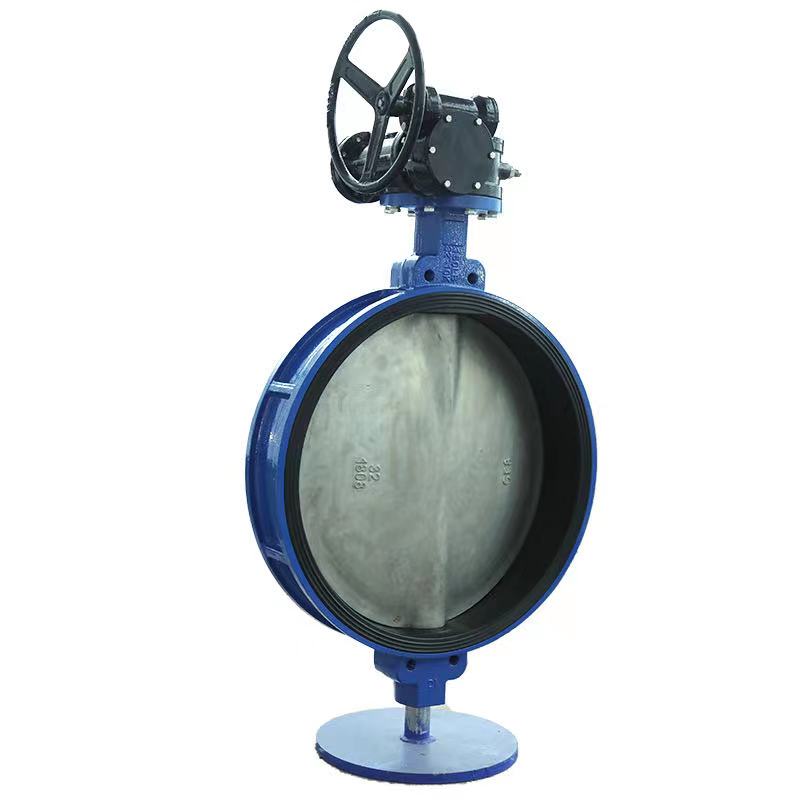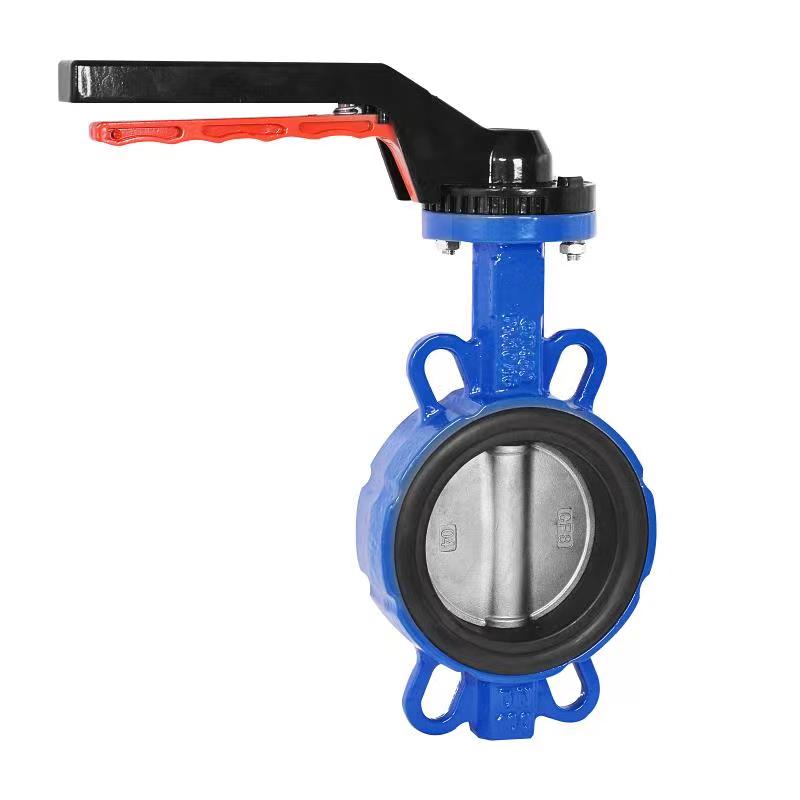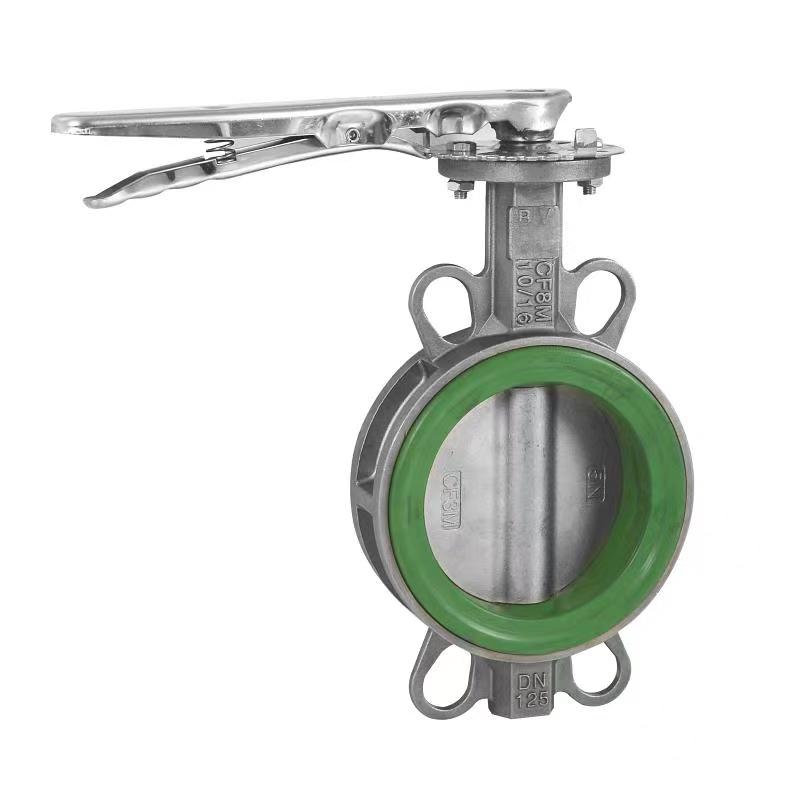- English
- Español
- Português
- русский
- Français
- 日本語
- Deutsch
- tiếng Việt
- Italiano
- Nederlands
- ภาษาไทย
- Polski
- 한국어
- Svenska
- magyar
- Malay
- বাংলা ভাষার
- Dansk
- Suomi
- हिन्दी
- Pilipino
- Türkçe
- Gaeilge
- العربية
- Indonesia
- Norsk
- تمل
- český
- ελληνικά
- український
- Javanese
- فارسی
- தமிழ்
- తెలుగు
- नेपाली
- Burmese
- български
- ລາວ
- Latine
- Қазақша
- Euskal
- Azərbaycan
- Slovenský jazyk
- Македонски
- Lietuvos
- Eesti Keel
- Română
- Slovenski
- मराठी
- Srpski језик
- Esperanto
- Català
- שפה עברית
- Cymraeg
- Latviešu
- icelandic
- ייִדיש
- беларускі
- Hrvatski
- Kreyòl ayisyen
- Shqiptar
- Malti
- lugha ya Kiswahili
- አማርኛ
- Bosanski
- Frysk
- ភាសាខ្មែរ
- ქართული
- ગુજરાતી
- Hausa
- Кыргыз тили
- ಕನ್ನಡ
- Corsa
- Kurdî
- മലയാളം
- Maori
- Монгол хэл
- Hmong
- IsiXhosa
- Zulu
- Yoruba
- অসমীয়া
- ଓଡିଆ
- Twi
- Samoa
- Sesotho
- සිංහල
- Gàidhlig
- Cebuano
- Somali
- Тоҷикӣ
- O'zbek
- Hawaiian
- سنڌي
- Shinra
- Հայերեն
- Igbo
- Sundanese
- Lëtzebuergesch
- Malagasy
- Tǝlam Kanuri
- Punjabi
- پښتو
- Chichewa
What are the applicable operating conditions for check valves
2025-08-04
The core function of a check valve (also known as a one-way valve) is to prevent reverse flow of the medium and ensure one-way fluid flow. It is widely applicable in various working conditions and will be introduced from multiple dimensions as follows:
According to the type of medium, in liquid working conditions, check valves are required for pipelines such as water systems, oil systems, chemical liquids, and food/pharmaceutical systems to prevent backflow, contamination, or damage to equipment; In gas working conditions, check valves can prevent backflow in pipelines such as compressed air, gas, steam, and vacuum systems, which may cause safety hazards or affect system stability; In terms of special media, check valves with suitable materials and structures should be selected for pipelines containing solid particles, high and low temperature media.
According to pressure and flow rate, check valves prevent backflow of high-pressure media in high-pressure conditions such as oil/gas extraction, high-pressure water jets, etc; Low pressure working conditions such as civil water supply and drainage, ventilation systems, etc., check valves ensure normal operation; Large diameter check valves are required to reduce pressure drop in high flow conditions such as hydraulic engineering and chemical processes.
According to industry applications, in municipal engineering, check valves are used to prevent sewage backflow in urban water supply and drainage systems; In industrial manufacturing, chemical, power, metallurgy and other industries, check valves protect equipment safety; In the field of architecture, check valves are used to maintain stability in high-rise building fire water supply systems; In ship and ocean engineering, check valves are used for pipelines such as ballast water to cope with harsh working conditions.
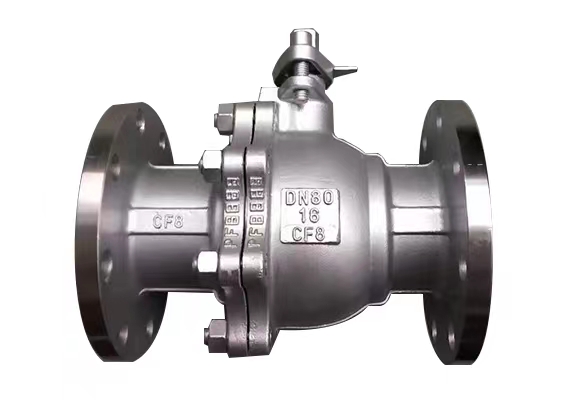
According to the special characteristics of the working conditions, such as frequent opening and closing, quiet and noiseless operation, and rapid closing, special types of check valves need to be selected.
The key points for selecting check valves should consider the characteristics of the medium, pressure and temperature, flow rate and diameter, installation direction, maintenance requirements, etc. In summary, check valves are widely applicable in various working conditions, ranging from household water use to large-scale industrial processes. Their core value is to ensure system safety, prevent medium pollution or equipment damage. The selection should be based on parameters, with priority given to reliability, durability, and maintenance convenience.
Related News
- Can check valves prevent pump reversal
- What scenarios are check valves suitable for?
- What should I do if the check valve cannot stop the water?
- What should I do if there is leakage inside the check valve
- What are the types of check valves
- Are there any requirements for the installation direction of butterfly valves?
New Products




